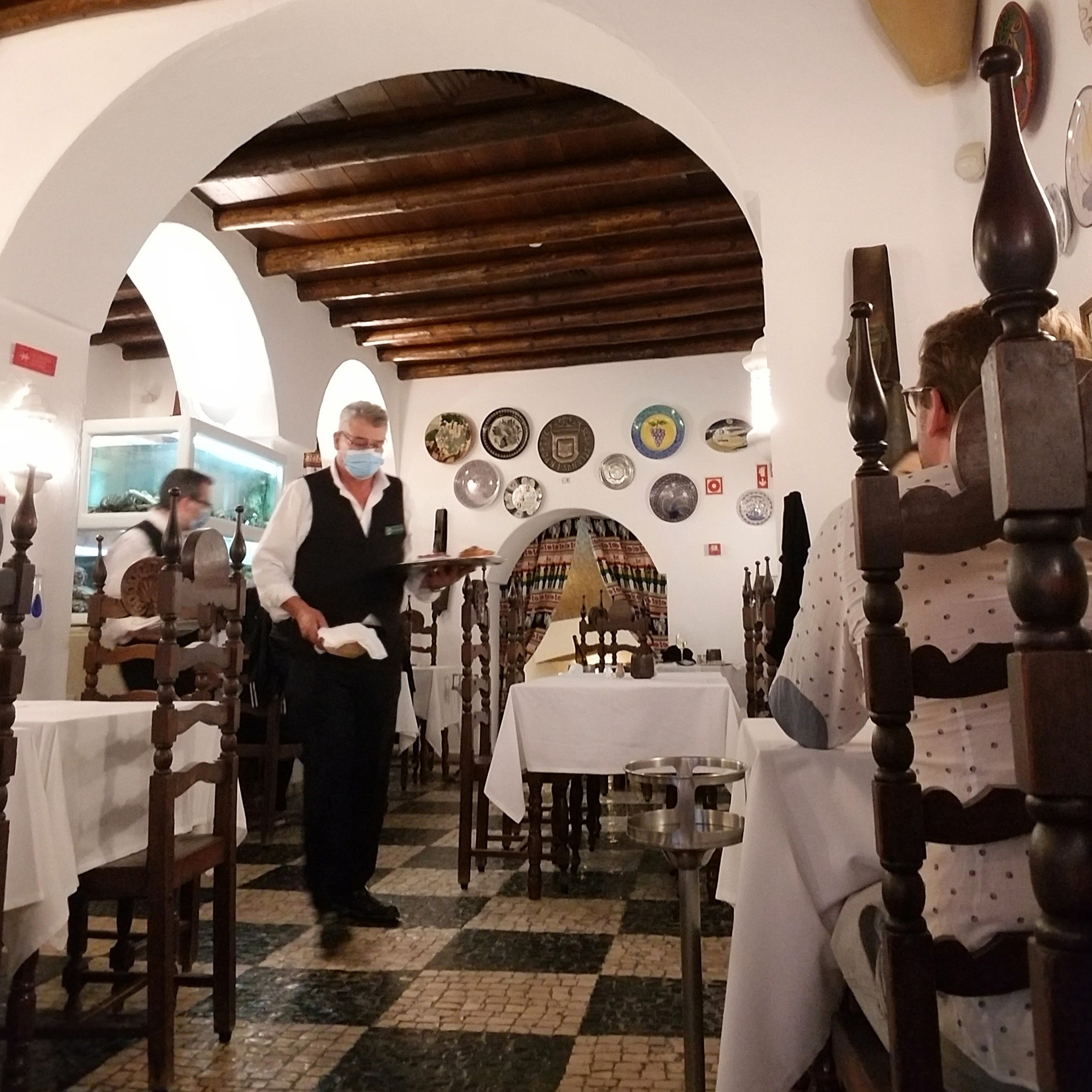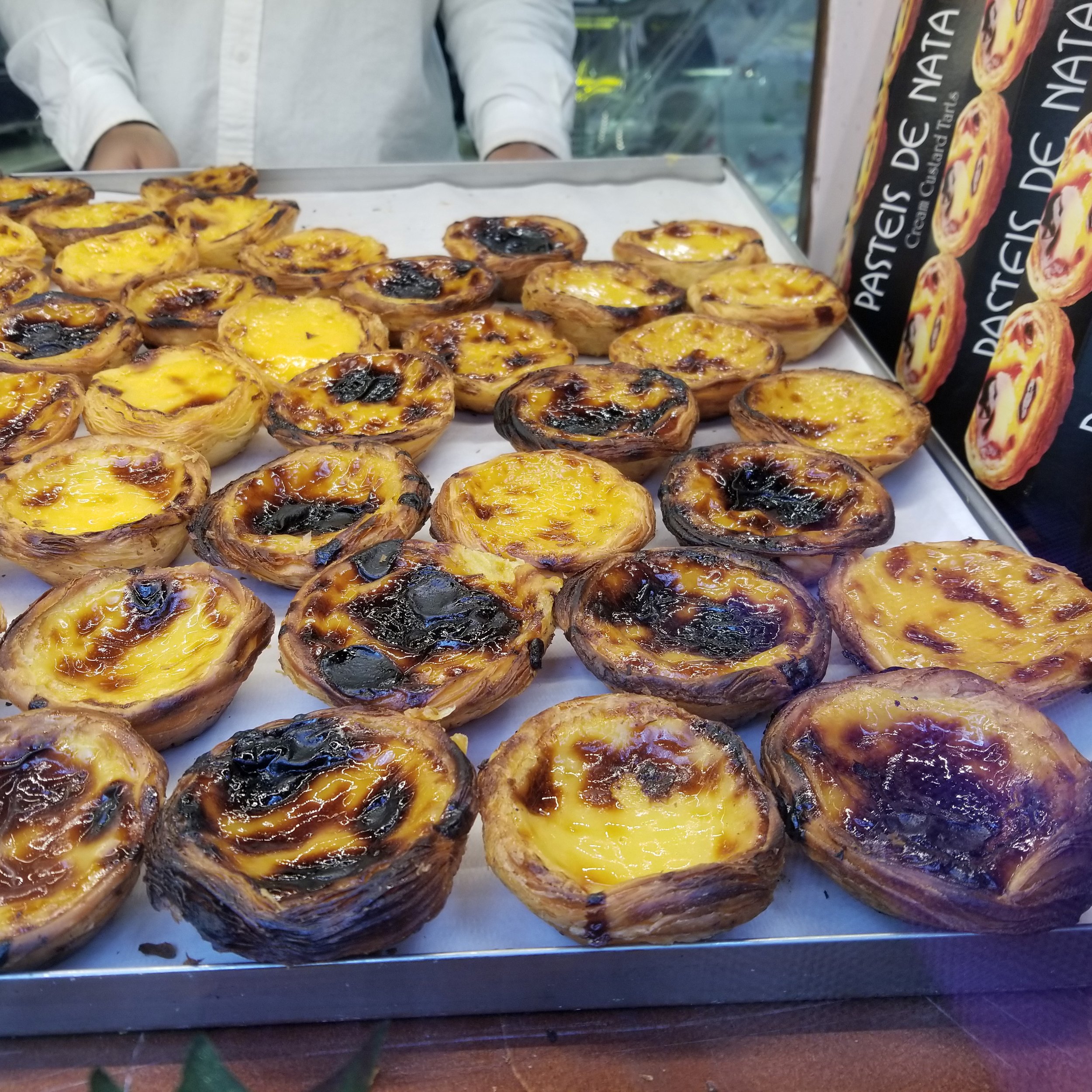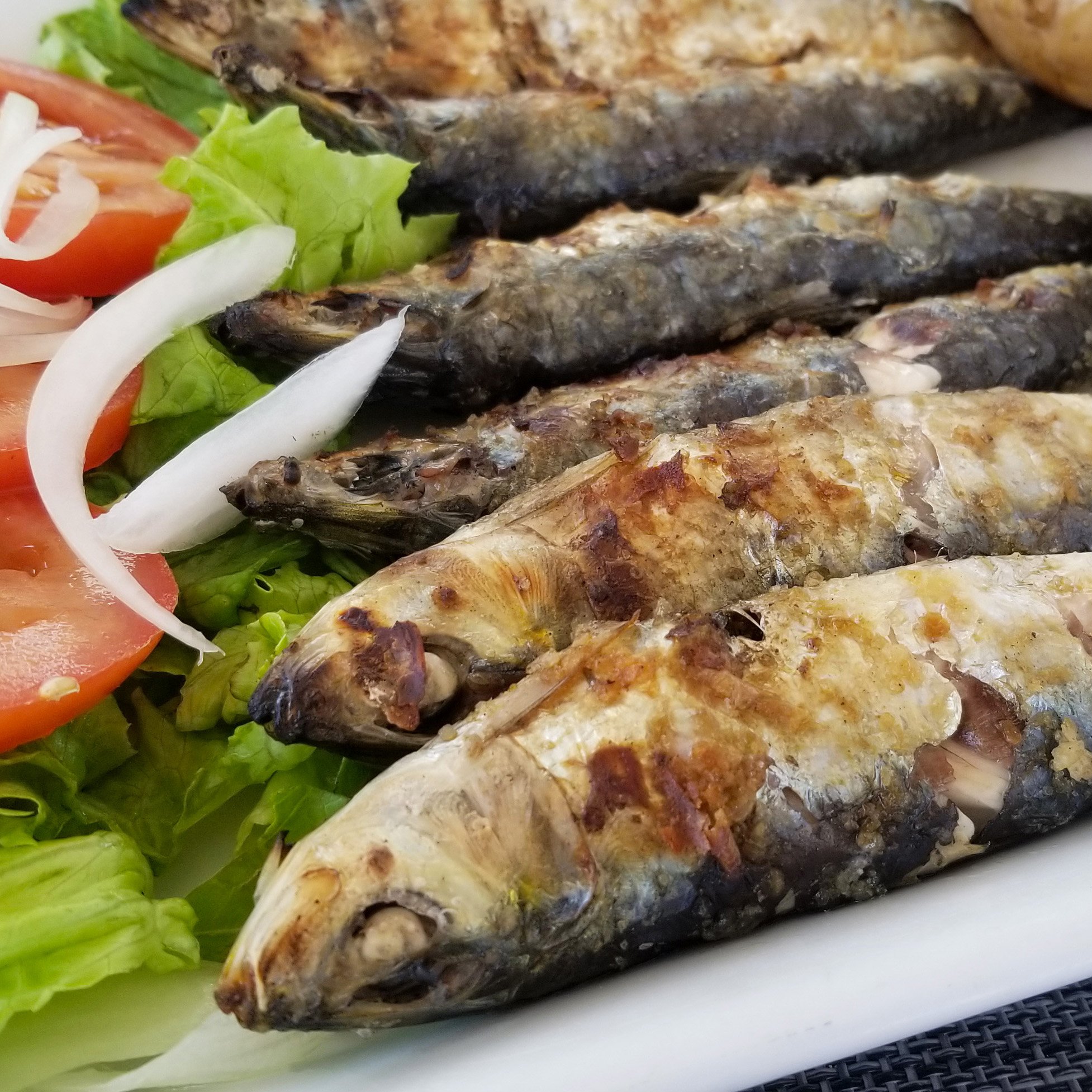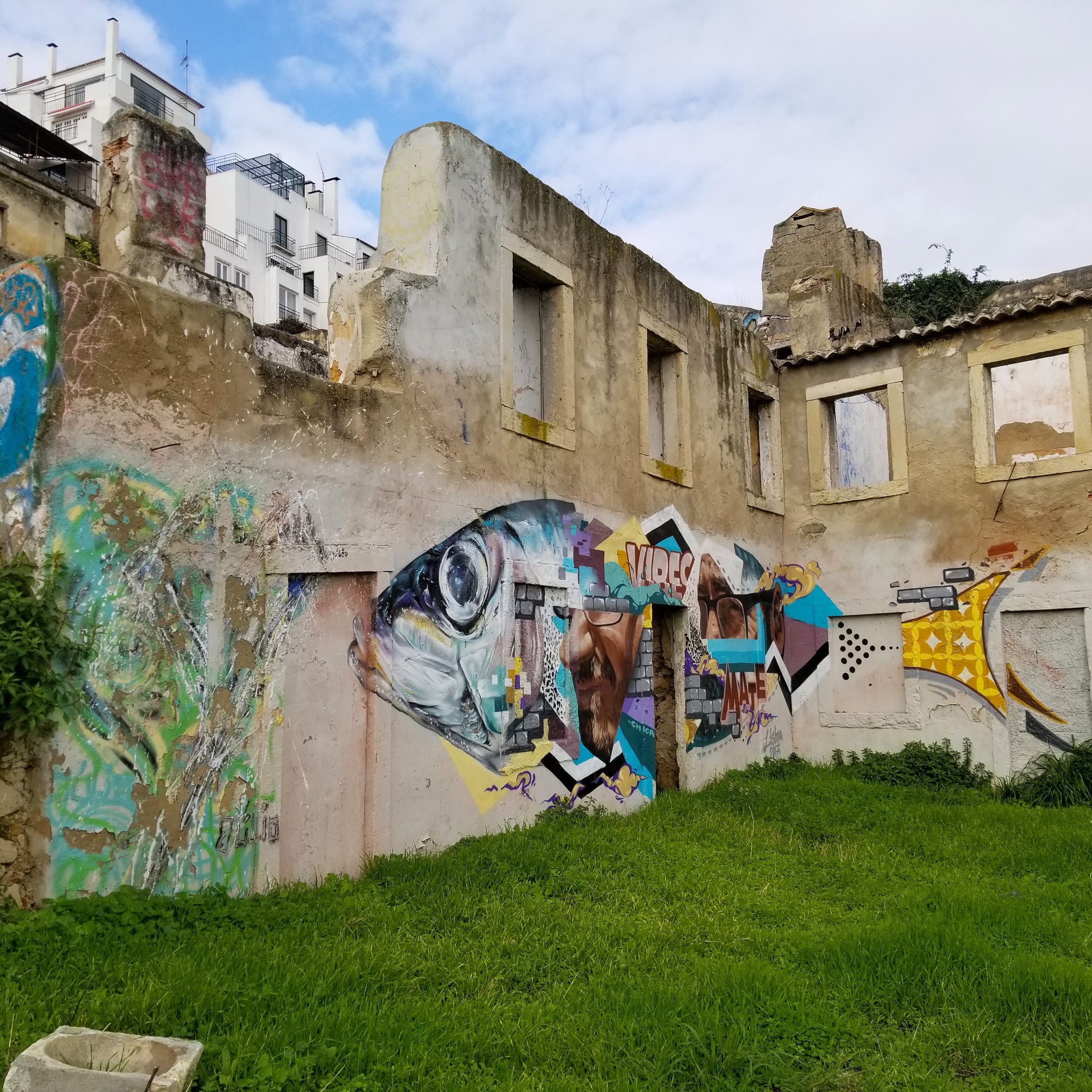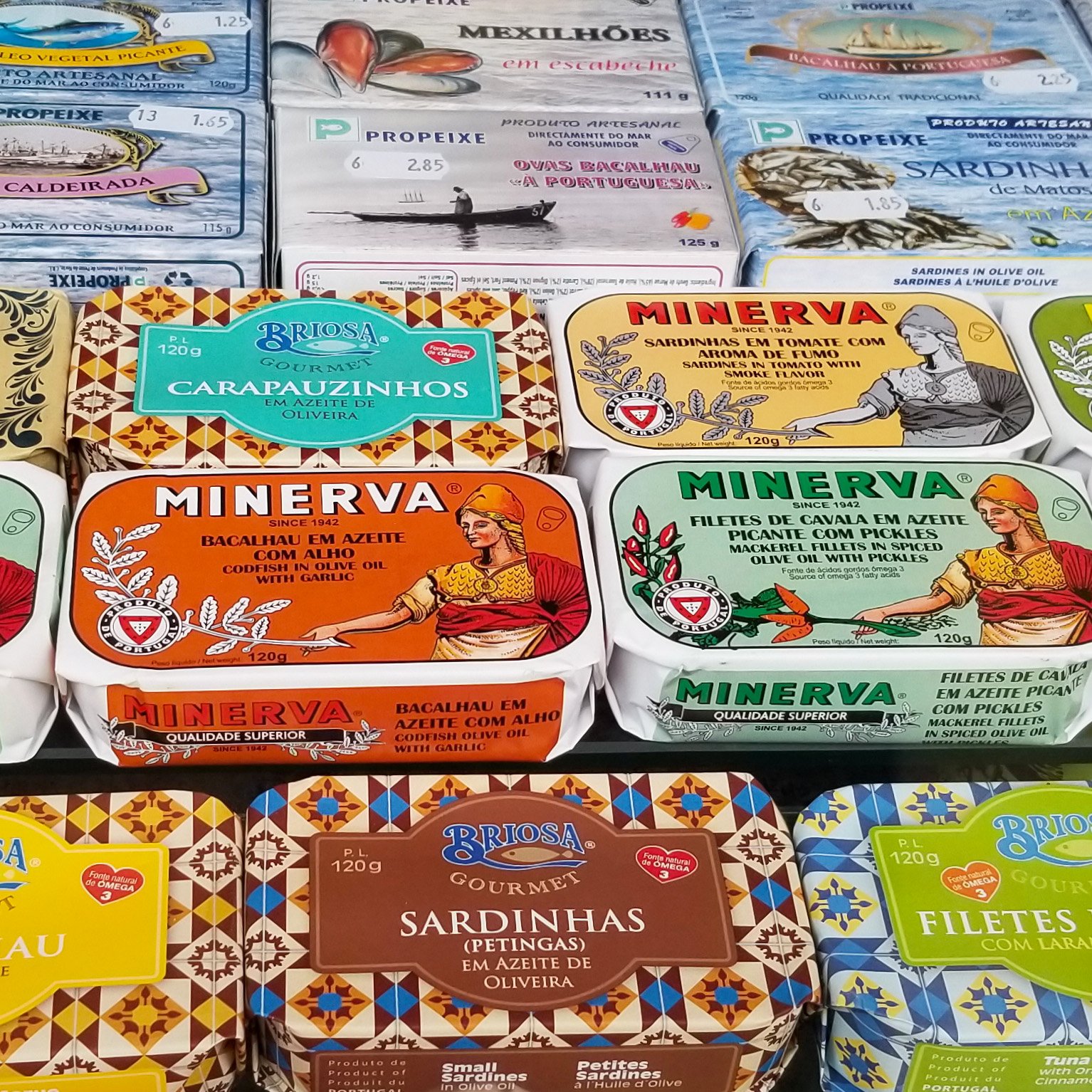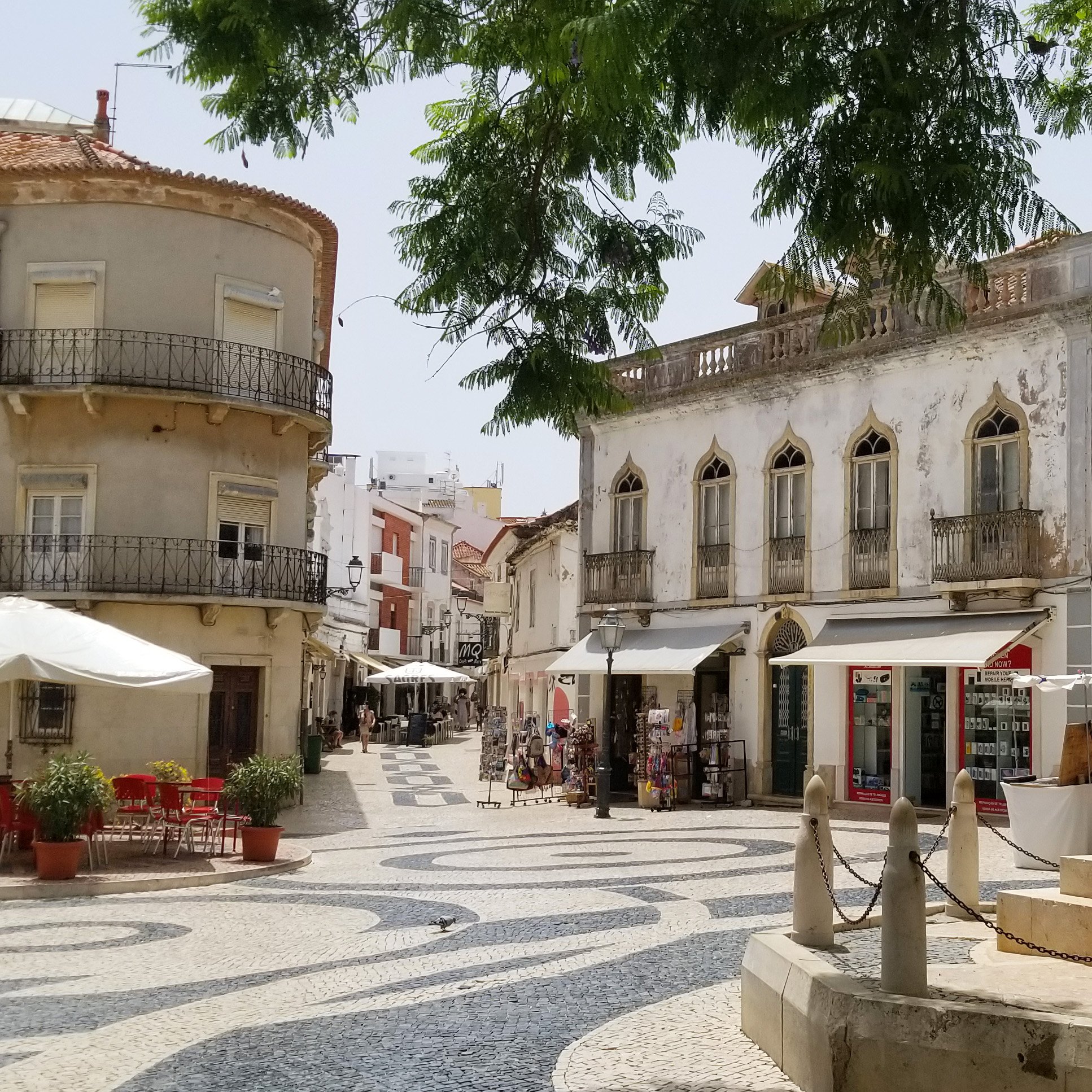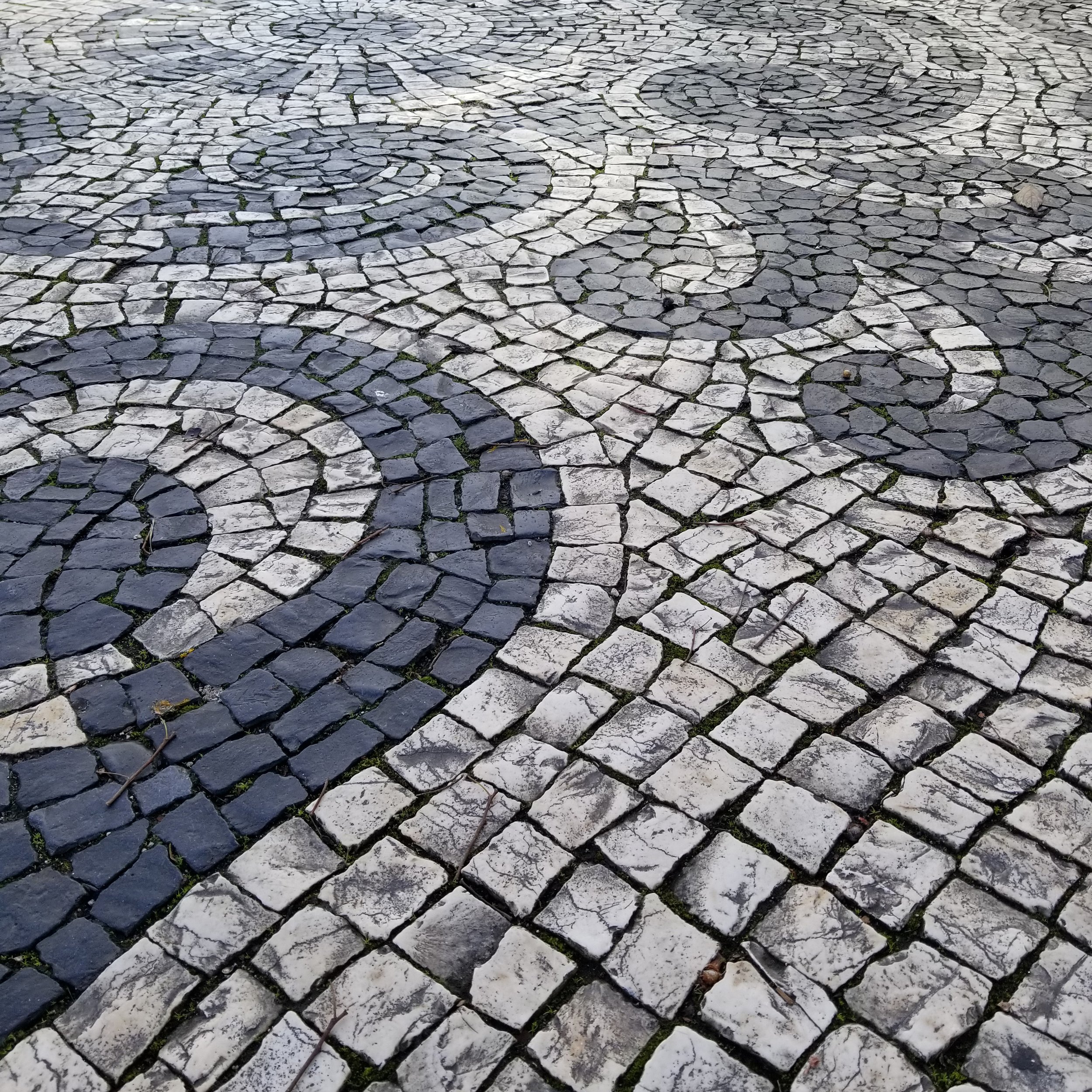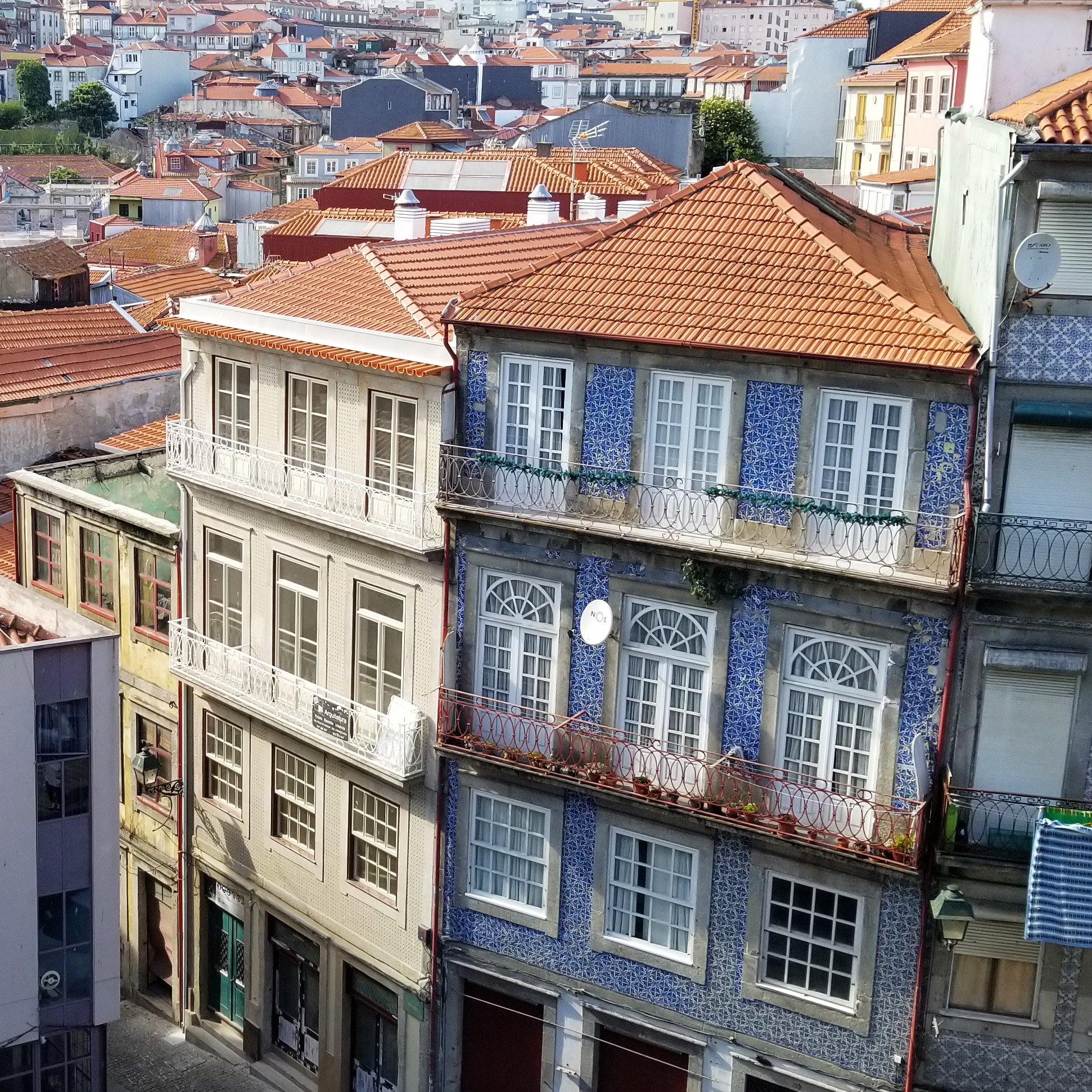It’s been nearly a year now that I’ve been back in Spain and I’ve been using my time here as an opportunity to scout some interesting settings for future books. The past eleven months have been a whirlwind—in between all that travel, I had to write Oath Of Loyalty and now I’m starting work on Mitch’s twenty-second adventure.
I know a lot of people haven’t been able to start traveling again, so I thought I’d whet your appetite by sharing some photos and thoughts from a couple of road trips I’ve done this year. Up first is Portugal—an affordable, interesting, and delicious destination. If you haven’t visited yet, consider it for your first post-COVID international outing.
I will admit that traveling during the pandemic required a lot of flexibility and tolerance for complexity and the unknown. On the other hand, the chance to experience a destination in prime season without the crowds has been an opportunity that likely won’t be repeated. It reminded me a little of a trip I did years ago to Egypt after a major terrorist attack. Standing alone in King Tut’s tomb is something I’ll never forget.
Why Portugal?
To be fair, one reason is that it’s only a few hours’ drive from my home in southern Spain. Having said that, Portugal has become one of my favorites places and I plan to continue exploring until I’ve covered it all. Most people start with Lisbon or a sun-drenched beach. Either is a great place to jump in and get your feet wet (pun intended.) But there’s a lot more to experience if you really want to begin to understand this ancient place.
Lagos, which is in the Algarve on the southern coast of Portugal, is laid back and inviting. 1980s American music was always blasting at cocktail hour and the town’s gleaming white buildings and terracotta tiles couldn’t be more appealing in the setting sun. Depending on where you go in the Algarve and what type of environment you’re looking for, you can find party towns, traditional fishing villages, spectacular beaches, and wild landscapes.
The food scene in Portugal is worth the visit alone. Along the coast as well as elsewhere in the country, you’ll see lots of traditional restaurants like this one. There are meat dishes, stews, and loads of seafood that’s preserved in salt, conserved in tins, and, of course, just off the boat. And while they might not be on Mitch’s training diet, you shouldn’t miss the pastéis de nata: Portugal’s famous custard tart.
I wouldn’t say that I seek out sardines, but in Portugal they’re impossible to avoid. These fat little fish are typical lunch fare and when they’re in season, they’re delicious (according to my wife, anyway) when salted and just off the grill. In addition to finding them on practically every menu, you’ll see them featured on street art, ceramics, and preserved in colorful tins—really anywhere you look.
Another element that immediately signals Portugal is the country’s incredible mosaic stone sidewalks. They are predominantly black and white, hand shaped, and arranged both with or without patterns. And an interesting detail—they’re kind of slick. Something I’ll consider if Mitch ever needs to chase someone through the winding streets.
One of the things that sets Portugal apart from most other places in the world is its rich tradition of tiles. Porto, a UNESCO World Heritage Site, is one of the best spots to see examples of this style of artwork. Some of the buildings have repeating patterns on their facades, while others depict scenes. The city is experiencing a revival of many of its historical buildings. How to prevent the loss of these treasured tiles in the renovation process is an ongoing problem that some preservation groups are trying to solve.
Porto is also revered because it is the center of the country’s port industry. At tasting rooms around the city, you can try a range of this fortified wine from internationally known brands like Sandeman and Graham’s as well as from the smaller producers. I’m having a hard time picturing Mitch whiling away his time with a tawny in the harbor, but I like it.
Are you up for a death-defying adventure and want to see where port originates? Drive around the Douro Valley. The secondary roads that weave through the rugged countryside are ridiculously narrow and bordered by terrifying cliffs. Worse, I’m pretty sure there isn’t even a Portuguese word for guardrail. Full disclosure: At times, Google Maps had a loose definition of “road.”
If you have the luxury of time, get off the beaten path. Part of the appeal of Portugal is that there are so many intriguing towns to explore. I’ve walked along the tops of castles with tiny towns tumbling down the hills around me, through ancient churches, and along rocky coasts. It never gets old.
If you’re not following Kyle, connect with him on Twitter, Facebook, Instagram, or his website.





